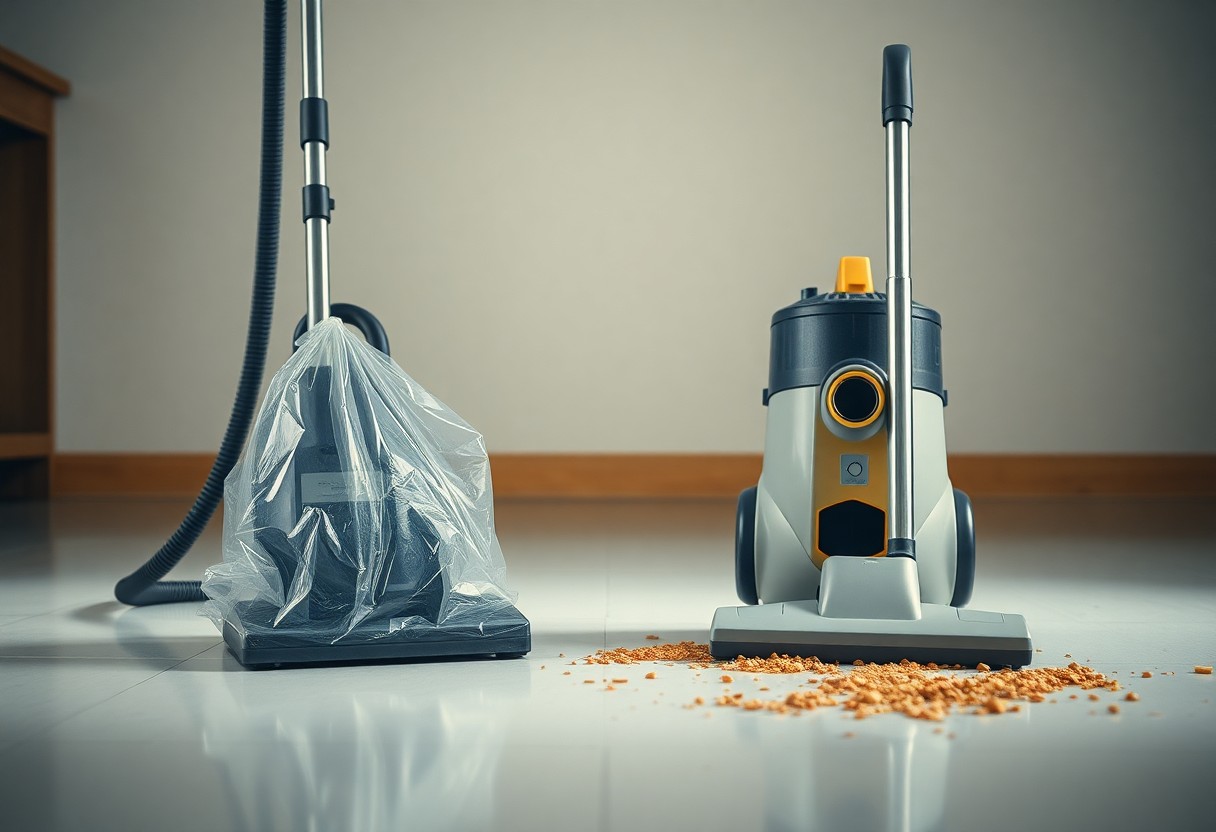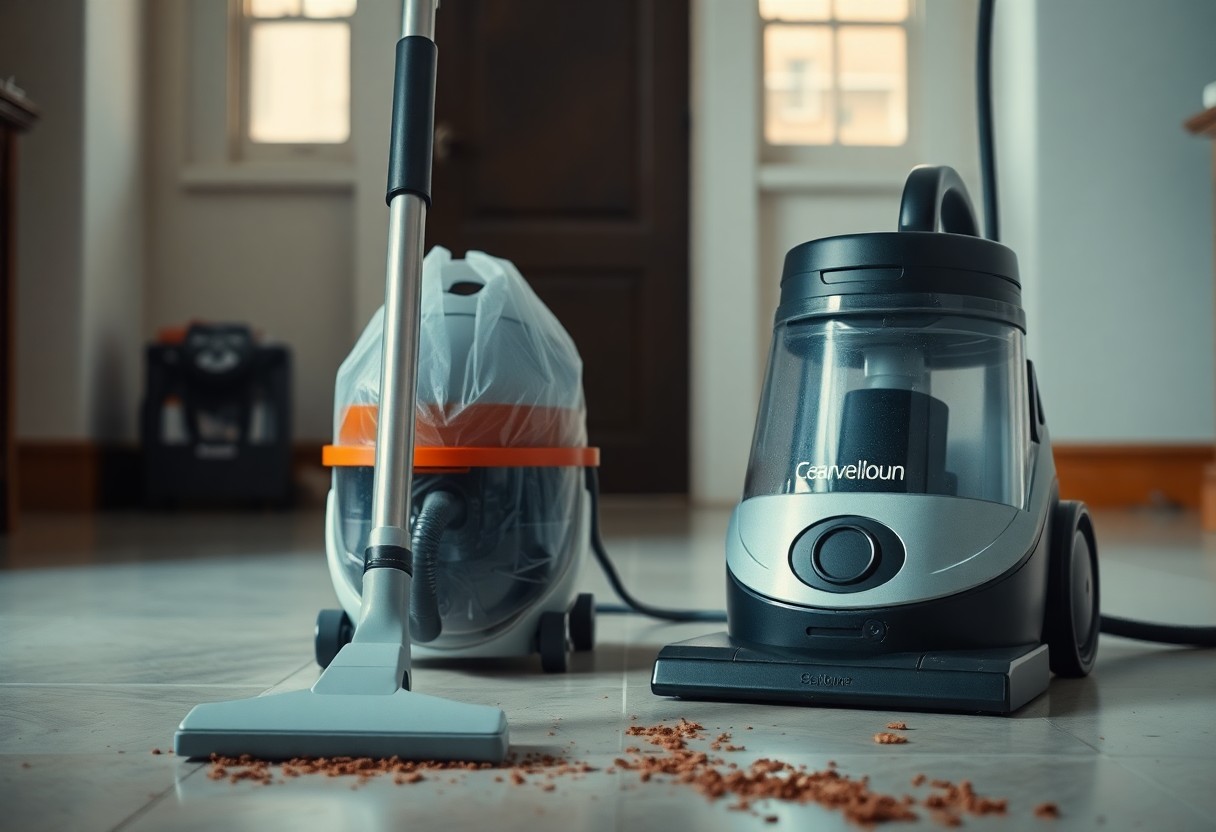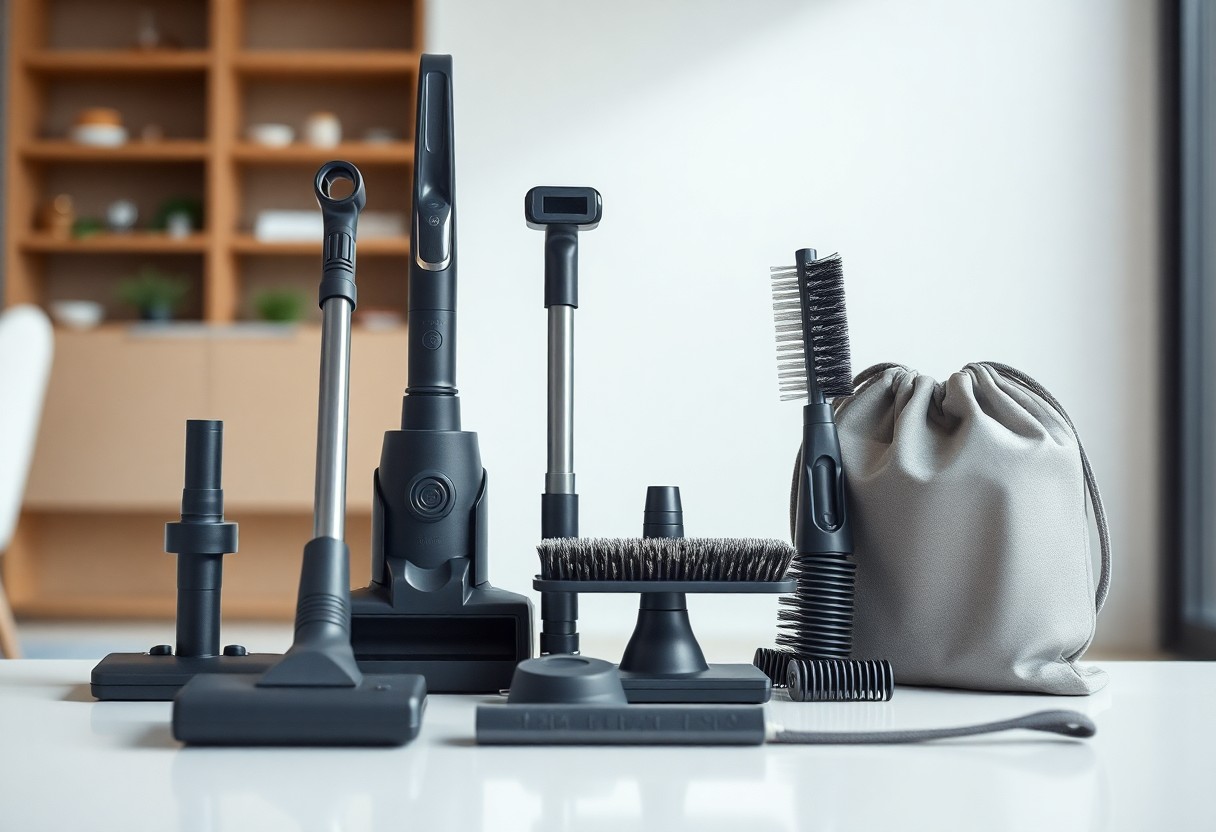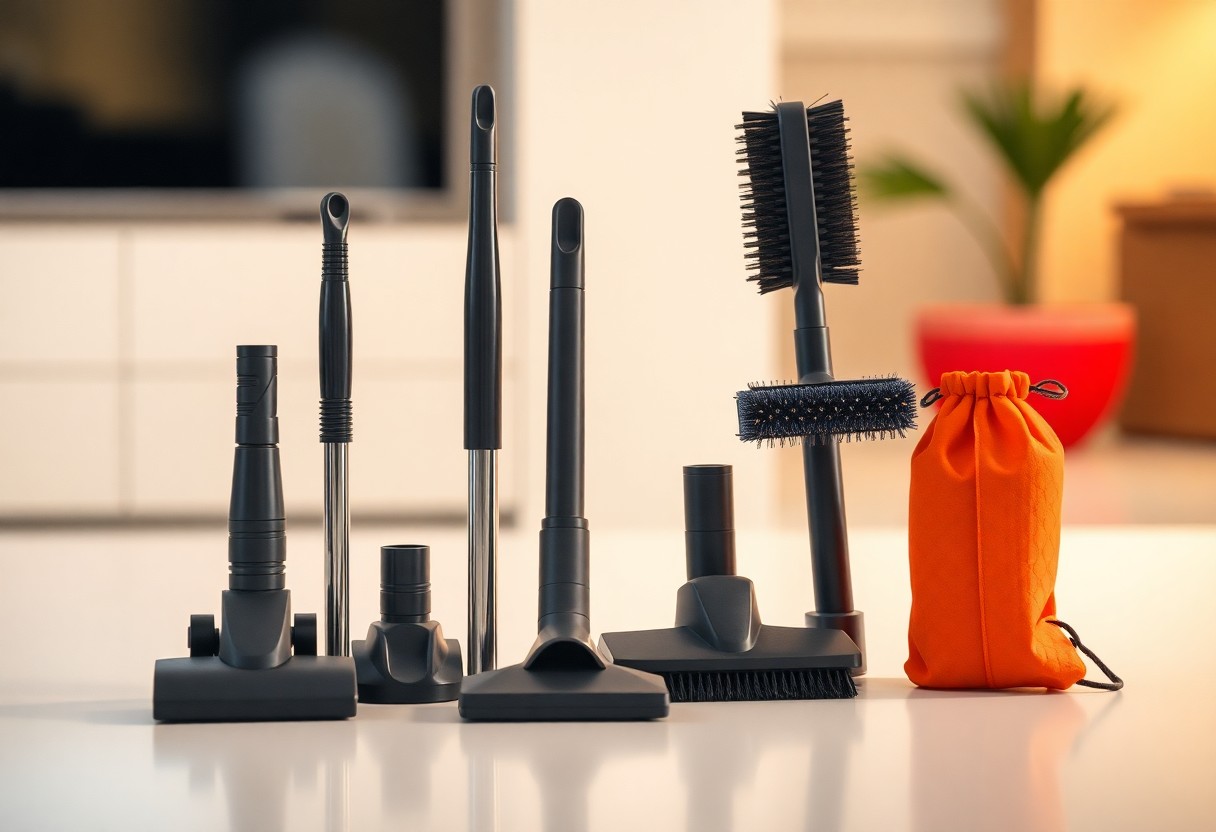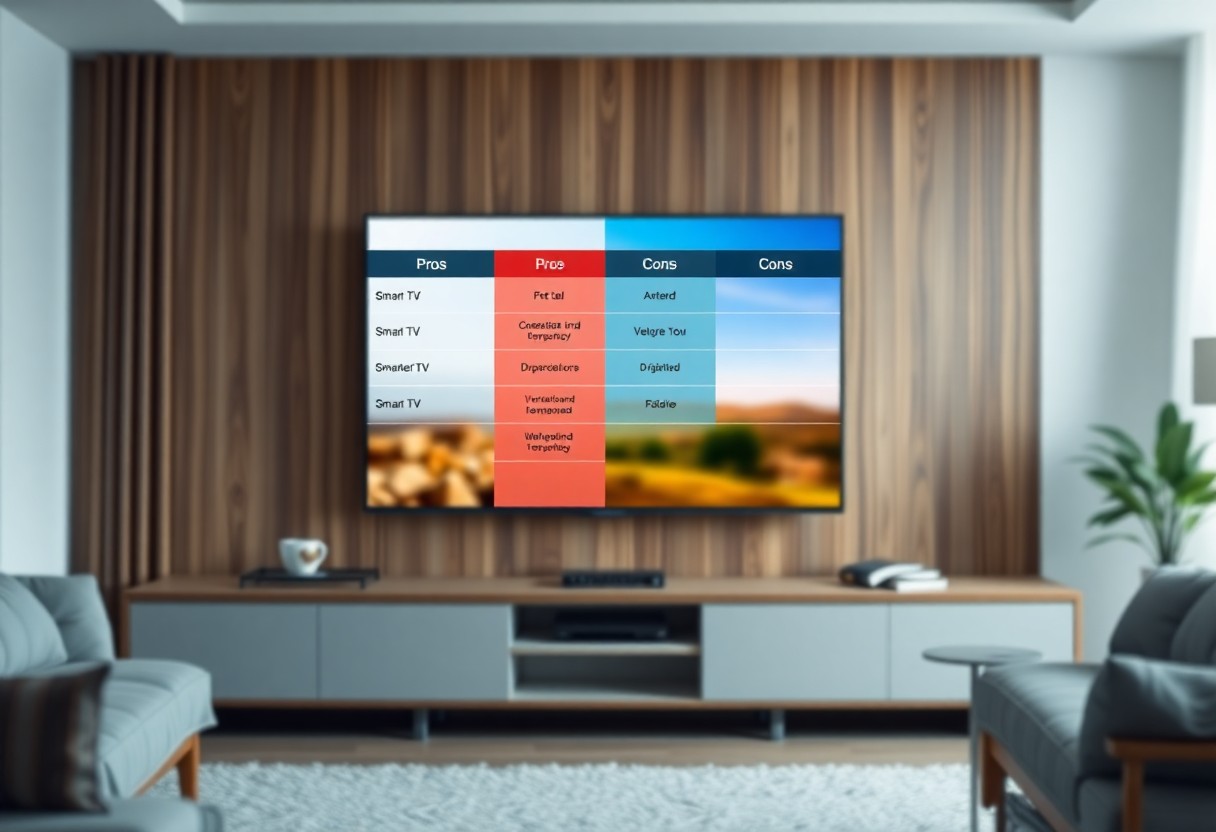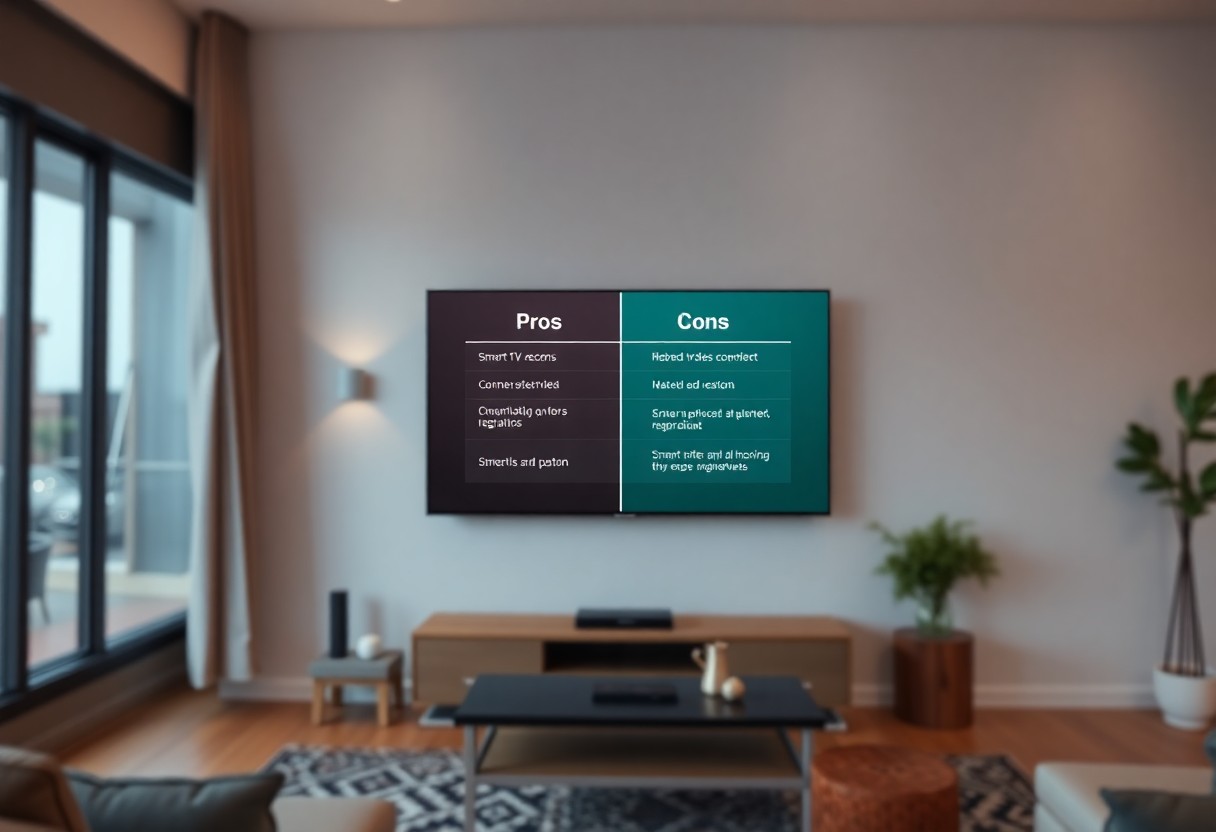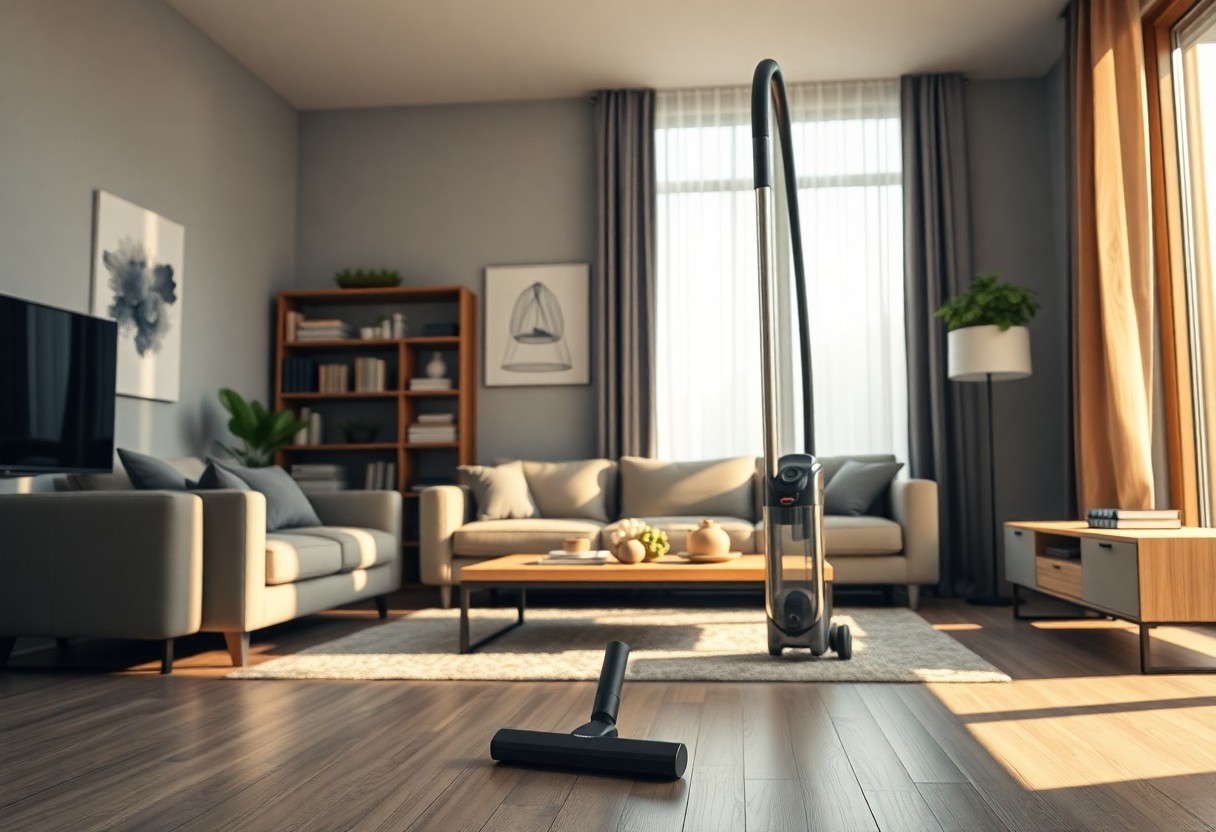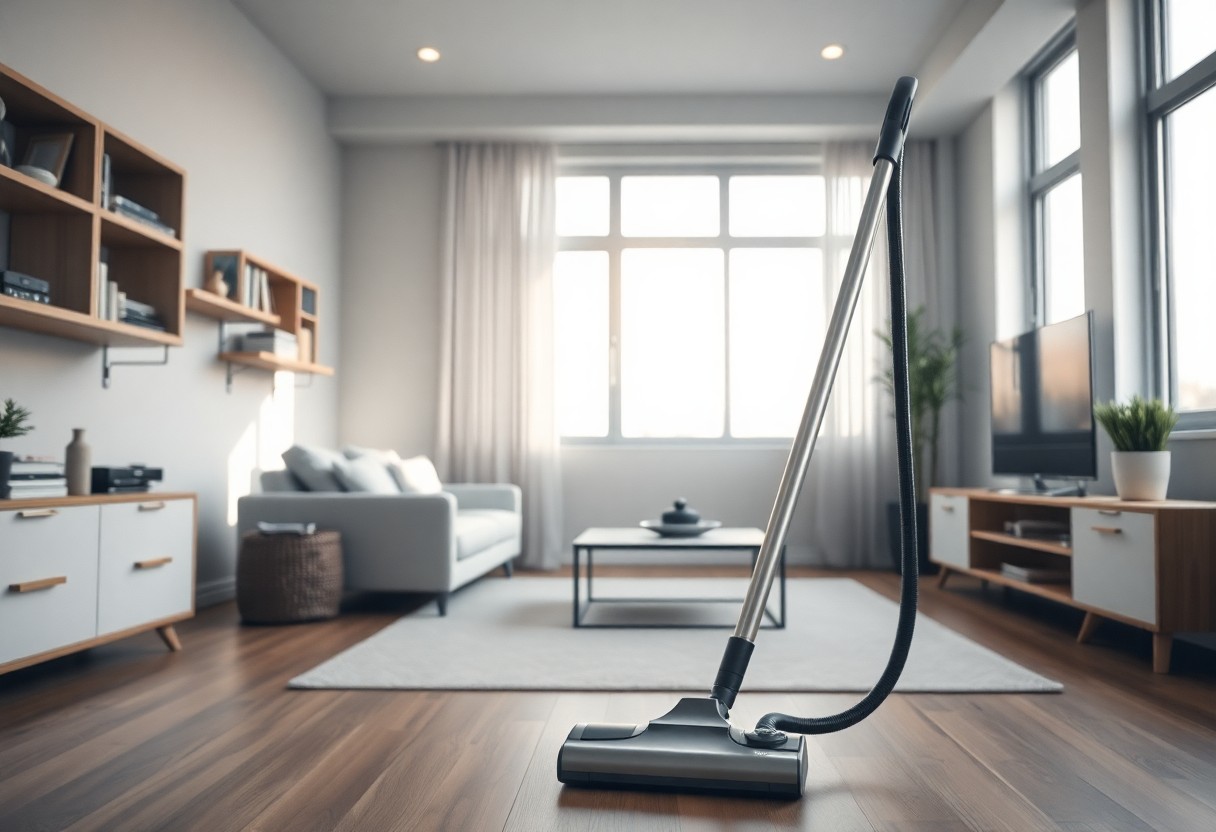Over the years, the way you enjoy audio at home has evolved, giving you more options than ever. Regarding enhancing your sound experience, you may find yourself choosing between a soundbar and traditional speakers. Each option has its unique advantages and caters to different preferences, so understanding their differences can help you make an informed decision. In this guide, we’ll explore the key features, benefits, and considerations for both soundbars and traditional speakers to help you find the perfect fit for your audio needs.
Understanding Soundbars
A soundbar is a compact audio device designed to enhance your TV’s sound quality without the need for a complex speaker system. Typically, these elongated speaker units combine multiple audio channels into a single package, making them an attractive option for those seeking improved sound without excessive clutter. With various models to choose from, soundbars can cater to different preferences, whether you’re watching movies, playing video games, or enjoying music.
Design and Space Considerations
One of the primary advantages of soundbars is their space-saving design. Unlike traditional speaker systems that require multiple components and significant space, soundbars fit neatly below or above your TV. This sleek design not only saves space but also contributes to a more streamlined and aesthetically pleasing entertainment setup.
Features and Technology
Technology found in modern soundbars has evolved significantly, offering features that enhance your overall experience. Many soundbars now include built-in subwoofers for richer bass, as well as advanced connectivity options such as Bluetooth and Wi-Fi to stream music directly from your devices. Soundbars may also come equipped with surround sound technology that simulates a multi-channel audio experience, giving you the thrill of a home theater without the hassle of multiple speakers.
It’s necessary to understand the features available to you when selecting a soundbar. For instance, some models offer adaptive sound technology that adjusts audio based on the content you’re viewing, ensuring you get the best sound for movies, music, and more. Additionally, compatibility with virtual assistants allows you to control your soundbar with voice commands, integrating seamlessly into your smart home. By considering these features, you can enhance your music and movie experiences while enjoying the convenience that soundbars provide.
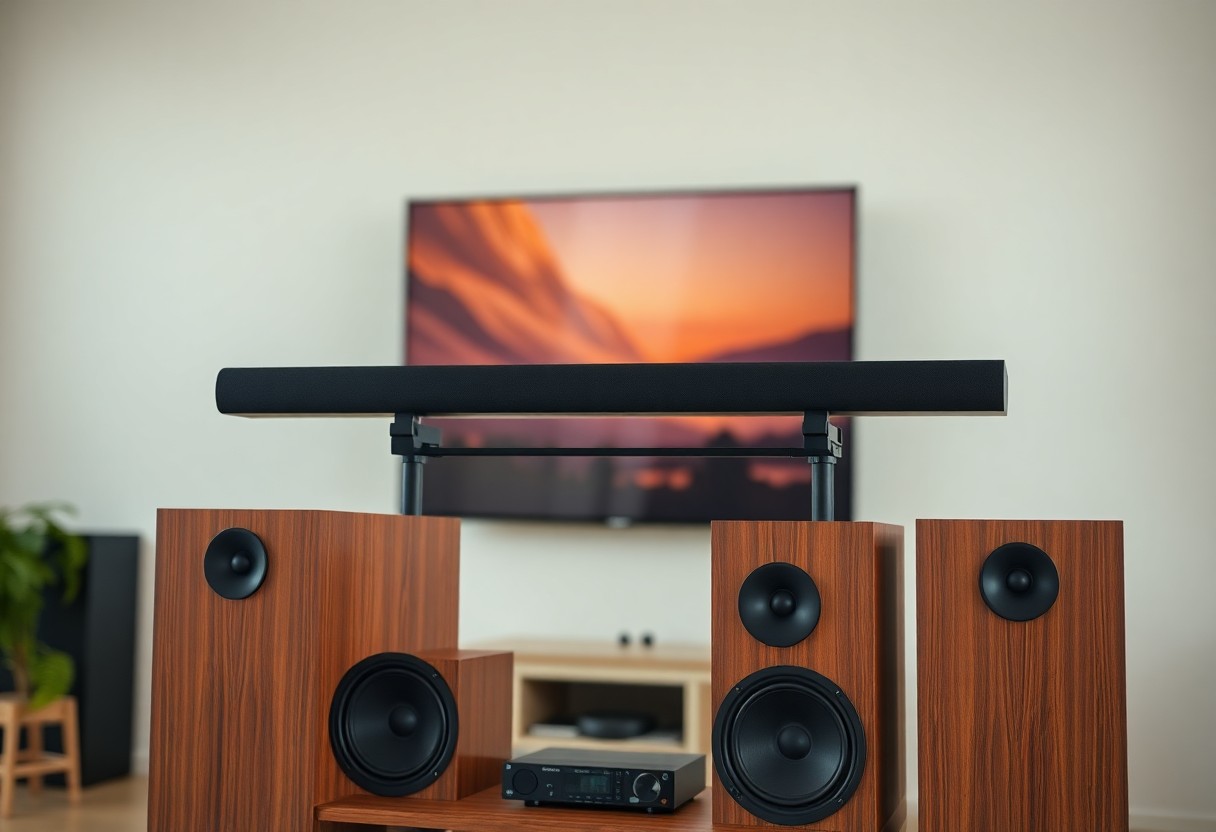
Exploring Traditional Speakers
The allure of traditional speakers lies in their ability to deliver rich soundscapes and nuanced audio that enhance your listening experience. Additionally, they provide versatility in terms of placement, allowing you to customize the acoustic environment to your liking. From floor-standing towers to compact bookshelf models, traditional speakers can fit seamlessly into your home setup, catering to different aesthetic preferences and sound requirements.
Types of Traditional Speakers
Bespoke audio experiences can be achieved through various types of traditional speakers. These include:
- Floor-standing speakers
- Bookshelf speakers
- Subwoofers
- On-wall speakers
- In-wall speakers
Assume that each type serves a unique purpose in your audio arrangement, enhancing overall sound quality.
| Type of Speaker | Characteristics |
| Floor-standing | Large, powerful sound, great for music and films |
| Bookshelf | Compact design, ideal for smaller spaces |
| Subwoofers | Low-frequency support for deep bass |
| On-wall | Space-saving option for wall mounting |
| In-wall | Installed within walls for a clean look |
Sound Quality and Performance
Along with various designs, traditional speakers often outperform soundbars in audio fidelity and dynamic range. Their multi-driver configurations can reproduce a wider frequency response, ensuring you hear every detail of your favorite tracks or movies.
This versatility in sound reproduction can vastly enhance your entertainment experience. The separation of high, mid, and low frequencies allows for a more immersive audio experience, whether you’re listening to music, watching movies, or playing games. Traditional speakers often boast richer soundstage characteristics, enabling you to distinguish various sound elements and spatial cues within your audio environment, making them a preferred choice for audiophiles and casual listeners alike.
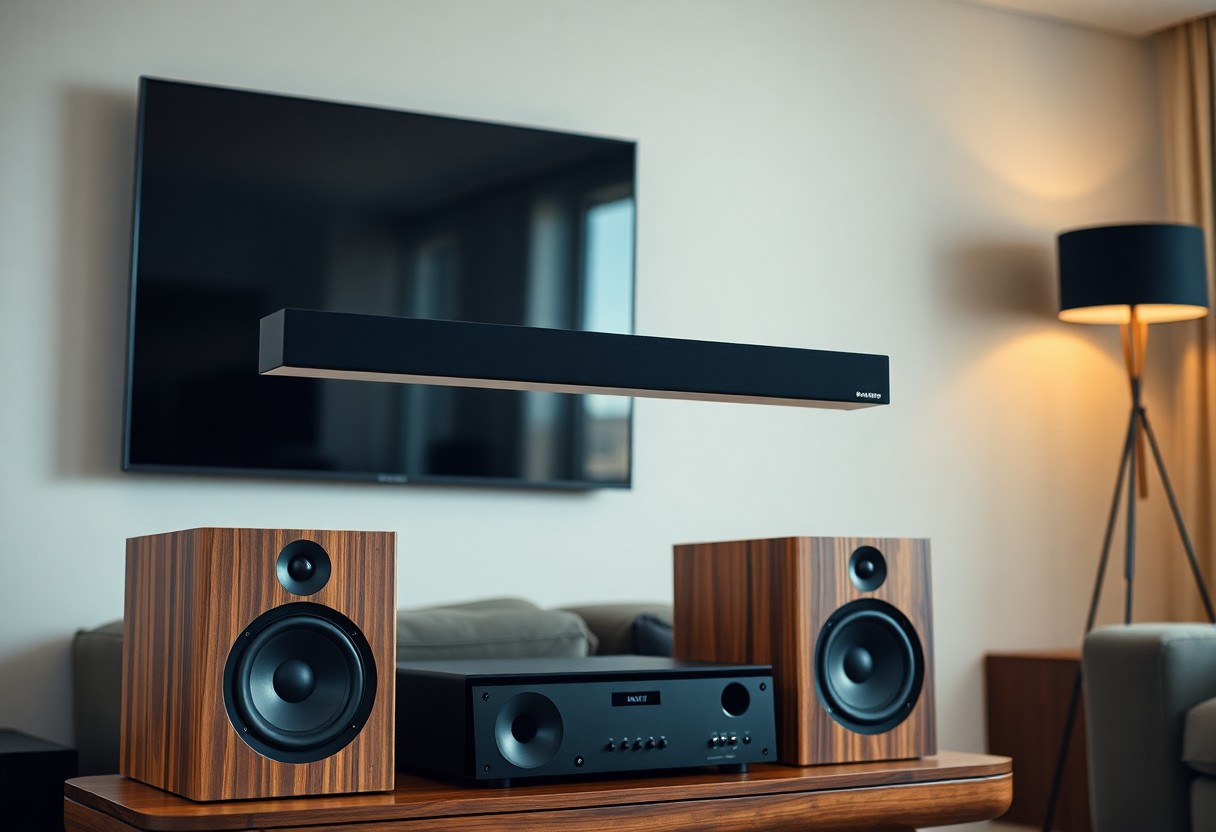
Comparing Performance
Any audio setup you choose will vary significantly in performance, impacting your overall listening experience. The following table presents a quick comparison of soundbars and traditional speakers based on their performance features:
| Feature | Soundbar | Traditional Speakers |
|---|---|---|
| Audio Quality | Good for clarity and bass response | Often superior clarity and detail |
| Surround Sound Experience | Often includes virtual surround sound technology | More immersive with proper placement |
Audio Quality
For your audio experience, soundbars generally offer a compact solution with decent audio quality that excels in clarity and bass response. However, traditional speakers typically provide a richer sound profile, allowing for a more nuanced listening experience. You can expect greater detail and dynamic range, particularly in larger setups.
Surround Sound Experience
Soundbars can simulate surround sound through virtual technology, allowing you to enjoy a more immersive experience. However, traditional speakers often deliver a true surround sound experience when set up properly.
Consequently, if you prioritize an authentic surround experience, traditional speakers can provide that enveloping feeling by utilizing multiple speaker placements in your room. They create a spatial soundfield that often cannot be matched by a soundbar, especially in larger spaces. Thus, your choice hinges on the level of sophistication you seek in your audio experience.
Ease of Use and Setup
Now that you’re weighing your options, ease of use and setup can significantly influence your choice between soundbars and traditional speakers. Soundbars often provide a hassle-free experience, typically requiring just a single connection to your TV. For a deeper dive on this, check out Soundbar vs Speakers: Which Is Better for a Home Theater …. In contrast, traditional speaker systems can involve multiple cables and components, which may complicate your installation process.
Installation and Connectivity
With soundbars, you can usually get set up in minutes; most feature a plug-and-play design that connects directly to your TV via HDMI or optical cables. Traditional speakers, on the other hand, often require more extensive wiring and setup, as you may need to connect them to an AV receiver and position them in various locations for the best sound. While this adds complexity, it allows for a customizable audio experience.
User Experience
Around connectivity and user experience, soundbars shine with their streamlined interfaces, allowing you to control everything from one remote. Their compact design means they can fit neatly beneath your TV without taking up much space. Traditional speakers, while potentially offering superior audio quality, may require separate remotes or apps, which can add to the complexity of your setup. With more components to manage, your listening experience might feel a bit less user-friendly.
Also, consider the long-term user experience. Soundbars often come with built-in smart technologies and Bluetooth capabilities, making it easier for you to connect your devices, stream music, and even control your home entertainment system. Traditional systems can provide richer sound quality, but they often require you to fiddle with settings and volume levels more frequently, which might not align with your desire for a simple, satisfying audio experience.
Cost Analysis
Despite the growing popularity of soundbars, understanding the cost implications of both soundbars and traditional speakers is vital for making an informed decision. While soundbars often offer a budget-friendly entry point for enhancing your audio experience, traditional speaker setups can sometimes be more expensive upfront but may provide better sound quality and longevity. Evaluating your budget, desired features, and long-term satisfaction will help you determine which option aligns with your financial goals.
Price Points
For many consumers, the initial price is a significant factor when choosing between soundbars and traditional speakers. Soundbars can range from under $100 to $1,000, offering a variety of price points to fit different budgets. In contrast, traditional speakers typically begin at a higher price, especially when considering additional components such as amplifiers and subwoofers, which can push total costs upwards. It’s vital to assess what features you need and how much you’re willing to invest in your audio experience.
Long-Term Value
Cost analysis also involves understanding the long-term value of your investment. Traditional speakers typically last longer due to their build quality, allowing you to enjoy high-fidelity sound for many years. While soundbars may save you money initially, they may need to be replaced or upgraded more frequently as technology advances. Therefore, assessing ongoing maintenance costs and potential upgrades is critical to ensuring that you maximize your audio investment.
Another aspect of long-term value to consider is the scalability of your audio system. Traditional speaker setups can be expanded over time as your needs evolve, meaning you can invest gradually in higher quality components without having to replace your entire system. Soundbars, while convenient, may not offer the same flexibility. This ability to adapt and grow your sound setup can lead to greater satisfaction and superior audio experiences in the long run.
Choosing the Right Option for Your Needs
Unlike traditional speakers, soundbars offer a sleek design that can easily blend with your home décor. When deciding which option suits you best, consider your priorities, such as audio quality, space requirements, and ease of setup. Soundbars typically provide a straightforward solution for enhancing TV audio, while traditional speakers deliver a richer sound experience for music lovers. Assessing your unique needs will guide you toward the ideal choice for your entertainment setup.
Lifestyle and Preferences
Behind your preference for audio equipment often lie your lifestyle and how you enjoy media. If you prefer a minimalist approach and usually watch movies or shows, a soundbar might be your go-to option. However, if you enjoy hosting parties, playing music, or entering into immersive gaming experiences, traditional speakers could elevate your enjoyment significantly. Think about how you engage with sound in your daily life before making a decision.
Room Size and Acoustics
Preferences for audio equipment may also depend on the size and acoustics of your room.
To ensure the best sound experience, consider your room’s dimensions and layout. Smaller spaces often benefit from soundbars, which can provide ample sound without taking up too much room. Conversely, larger areas might require traditional speakers to fill the space effectively, as they can deliver a broader sound stage and better surround sound experience. Additionally, factors like wall materials and furniture placement can impact acoustics, so evaluating these elements will help you determine the most suitable audio solution for your environment.
Final Words
As a reminder, choosing between a soundbar and traditional speakers ultimately depends on your specific needs and preferences. If you prefer a sleek design and straightforward setup without sacrificing sound quality, a soundbar may be the right choice for you. However, if you value audio fidelity and a more immersive experience, investing in traditional speakers could enhance your listening experience. Assess your space, usage, and budget to make the best decision that suits your entertainment style.

